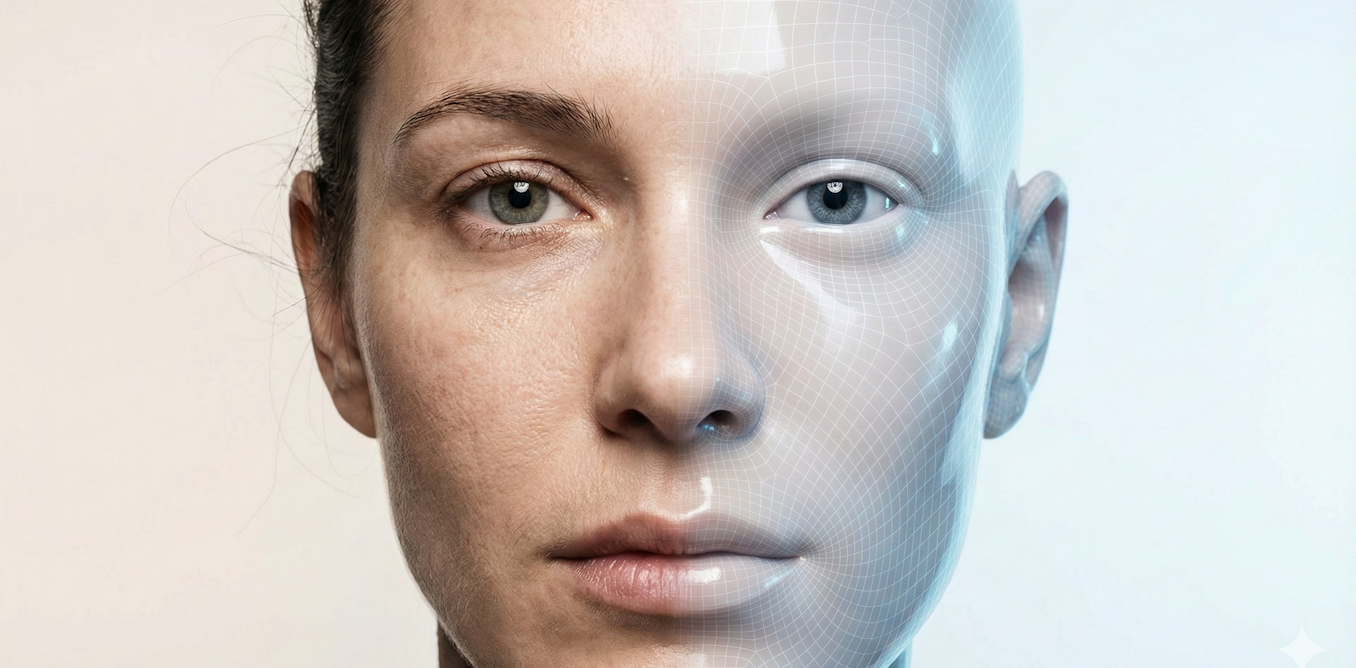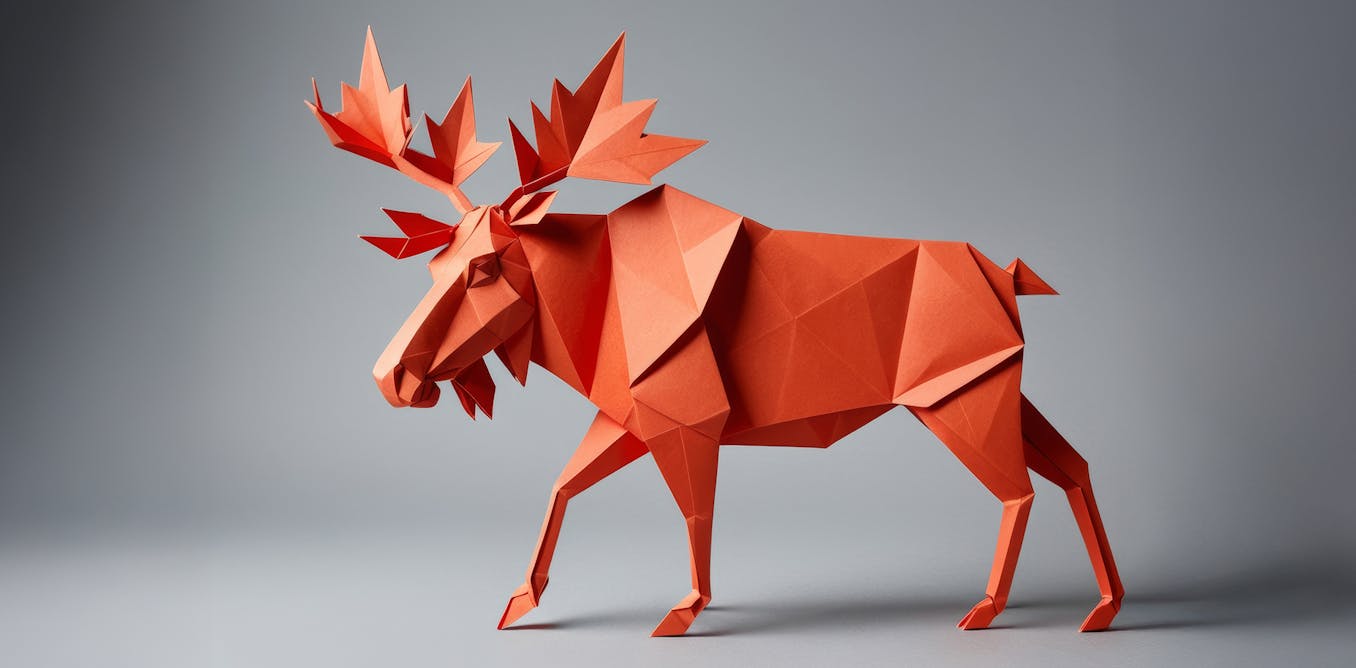Chinese scientists have recently made headlines with their groundbreaking work in the field of robotics, specifically in the realm of resurrecting human heads as robots. The Japanese researchers have enabled a childlike robot, Fetto, to feel pain through a pain nervous system, distinguishing between gentle and rough touches and exhibiting corresponding emotional responses. The development of tactile sensors integrated into the robot has allowed for more comprehensive interactions with the surrounding world, creating a more humanoid-like appearance and behavior.
Moreover, British company Engineered Arts has released the Mesmer project, showcasing Androids capable of displaying a vast range of human emotions with remote control capabilities. These hyper-realistic robots are designed for easy animation, targeting artists and creatives rather than software developers. The company prides itself on creating robots that closely resemble specific individuals for a fee, allowing people to acquire their own robotic doppelganger.
The field of robotics is rapidly advancing, blurring the lines between science fiction and reality. With the development of hyper-realistic robots like Robo Lincoln, Han, and Einstein, the potential applications of these technologies are vast, from museums and theme parks to potential platforms for education, entertainment, and cognitive therapy. The future of robotics holds endless possibilities, as evidenced by the continuous evolution and improvement of these human-like robots.
Watch the video by Carros Show
Video Transcript
E Japanese scientists have enabled a robot to feel pain a childlike robot a fetto was equipped with a so-called pain nervous system allowing it not only to distinguish gentle touches from rough ones but also to exhibit corresponding reactions Engineers from Osaka University in Japan developed new tactile sensors and integrated them into
The aeto robot designed to resemble a child the Japanese researchers first introduced a fetto in 2011 and since then they have continuously refined its capabilities previously scientists focused on perfecting its facial expressions including more than just simple movements of the eyes eyebrows and lips as a result a fetto learned to
Express more complex emotions such as smiling wrinkling its nose frowning rolling its eyes and overall became more humanoid although its appearance remained somewhat unsettling a fetto features a realistic facial and body skeleton covered with artificial skin a sensitive soft material that facilitates more comprehensive interactions with the surrounding world compared to a rigid
Metallic surface with embedded sensors a fetto is now capable of sensing touches distinguishing between gentle and rough touches and demonstrating corresponding emotional Responses the British company engineered Arts has released a video showcasing an Android from the Mesmer project capable of displaying various facial expressions the Mesmer robot operates on the company’s tridium operating system simplifying programming and enabling remote control interestingly the company’s robots are also equipped with telepresence software called tinman
Allowing owners to interact with people around the robot from a different location engineered Arts claims that no technical knowledge is required to control Mesmer as it can be authorized through a browser or any internet enabl device Elon Musk himself reacted to a video from the Mesmer project stating
That real Androids will be here soon the company describes its Mesmer robots as expressive like nothing else capable of displaying a vast range of human emotions each Mesmer robot is designed and built based on internal 3D scans of real people allowing for authentic imitation of human bone structure skin
Texture and facial expressions in the featured video two Mesmer heads with synchronized movements are showcased one with artificial skin and hair and the other revealing open components below the robots are designed for easy animation targeting artists and creatives rather than software developers the accompanying software enables the robot’s owner to drag
Specific movements onto a 3D computer model of the robot which can instantly reproduce them this allows for remote animation via the Internet engineered Arts believes that Mesmer combining animatronics with robotic sensors firmware and Control software offers a Superior Solution compared to mixing components from various suppliers that
Often do not work well together the base equipment is designed to be easily accessible without risking damage to the artificial skin layer the British company engineering Arts never fails to impress these British Artisans have the the ability to create a robot that closely resembles a specific individual for a fee one
Individual who availed himself of this service is the Blogger Tom Scott the result is a robotic copy of the popular YouTuber Tom Scott humanoid robots have quickly transitioned from the realm of Science Fiction Thrillers to everyday reality companies now sell hyperrealistic robots and people can acquire them for various purposes it’s
Remarkable that after Tom Scott placed such a specific order the engineers at the company promptly took on the challenge tackling the complex of the task and creating a humanoid robot that is indistinguishable from the YouTuber himself after Tom showcased the robot internet users were astounded at how accurately it mimicked its creator based
On what has been seen it can confidently be said that robots are already among us would you consider acquiring a robotic version of yourself here is an ultra realistic Abraham Lincoln robot that is literally frighteningly realistic in its facial expressions Garner Holt production is known for providing the animatronics
Required by the Walt Disney movie studio in addition over its 35-year history the company has built several thousand animatronics for theme parks the company’s newest achievement is a highly realistic artificial head that mimics the first president of the United States Abraham Lincoln about 40 unique movements and a new type of artificial
Silicone skin developed in the company give a striking effect robol Lincoln is intended for use in museums and theme parks and is expected to be part of an exhibit called living faces of History the company attributes the Breakthrough in realism to the appearance of new Servo Motors that allow the realization
Of increasingly subtle movements of the muscles of the Android’s face including in a nonlinear way whereas in traditional animatronics the actuation is done at 32 frames per second Lincoln’s actuators are so fast that it can be shot at 1,000 frames per second without loss of realism there are many
Companies working in the field of Androids with high similarity to humans right now this robot may not be an exact replica of Abraham Lincoln but it is still a notable step forward in making ultra realistic Android robots this is the robot Han which is a robot whose appearance is as close as
Possible to that of a human it is created by the Hansen robotics team for the first time Han was presented at the electronics exhibition in Hong Kong robot Han can express a variety of emotions the robot can laugh wrinkle frown his eyebrows blink and even seem a
Little drunk Han is able to communicate and maintain a simple conversation he can not only recognize people but but also determine their gender age emotional state and react accordingly the robot’s skin resembles human skin it is made of a patented material called frubber an elastic polymer previously the company has already surprised the
Public with its development of animatronic heads resembling living people but let’s get back to Han the robot’s face has micropores ranging in size from 4 to 40 nanom to reflect Joy or sadness he is helped by multiple motors as well as cameras inside the eyes another camera is located in the
Chest area Hansen robotics eventually plans to equip the robot with Advanced artificial intelligence the hyperrealistic robot Einstein from the University of California San Diego has learned to smile and express facial expressions through a self-learning process researchers at the University of California use machine learning to teach their robot to make realistic facial
Expressions robots faces are becoming increasingly realistic and the number of artificial muscles controlling them is growing researchers at the the University of California’s machine perception lab are studying the face and head of their robot Einstein to find ways to automate the process of teaching robots to make realistic facial
Expressions Einstein’s robot head has about 30 facial muscles each of them is driven by a tiny Servo motor connected to the muscle by a string robot Einstein recognizes a range of human facial expressions and can react accordingly scientists see it as an unprecedented tool for understanding how robots and
Humans perceive emotions as well as a potential platform for Education entertainment Visual Arts and even cognitive therapy acha is an advanced robot that has recently gained the ability to see and clone voices with remarkable accuracy this technological breakthrough has opened up new possibilities in the field of Robotics and artificial
Intelligence with its Advanced Vision capabilities acha can analyze and describe every corner of a room as well as identify specific objects with ease one of EMA’s most remarkable features is its ability to clone voices with Incredible accuracy she can imitate the voices of famous personalities such as Morgan Freeman Elon Musk SpongeBob
SquarePants and even Donald Trump moreover amecha can copy the style tone and intonation of these voices making her interactions with people more interesting and realistic as shown in the YouTube video aa’s capabilities are constantly evolving considering the continuing advances in artificial intelligence and Robotics we can forsee
That AA will continue to improve its skills and functionality ‘s future development promises to Revolution uze human robot interaction and expand the application of robotic Technology robot gaze is a robot with a human gaze that can mimic human facial movements the main goal of the creators of gaze among whom in addition to Disney Engineers or robotics experts from the University of Illinois and the California Institute of Technology is to develop a system to imitate the human
Gaze robot gaze is able to adjust the position of the eyes and head in order to keep the interlocutor in optimal Focus a sensor installed in the robot’s chest area allows it to detect when the person it is talking to is trying to make direct contact with it the robot is able
To detect the person’s position turn towards him and continue the visual interaction through additional animated commands for example the robot can perform rapid eye movements this happens when studying the face of the person who is next to it in addition to realistic head movements the robot can also react
To external stimuli robot gaze can look away when it hears a noise after that it returns to focusing its Gaze on a person Write in the comments which of the robots shown in this video impressed you the most don’t forget to like this video And subscribe to the caros show channel also check out our previous videos see you next time
Video “Chinese have Started Mass Resurrecting Human Heads by Turning Them Into ROBOTS” was uploaded on 03/03/2024 to Youtube Channel Carros Show






















